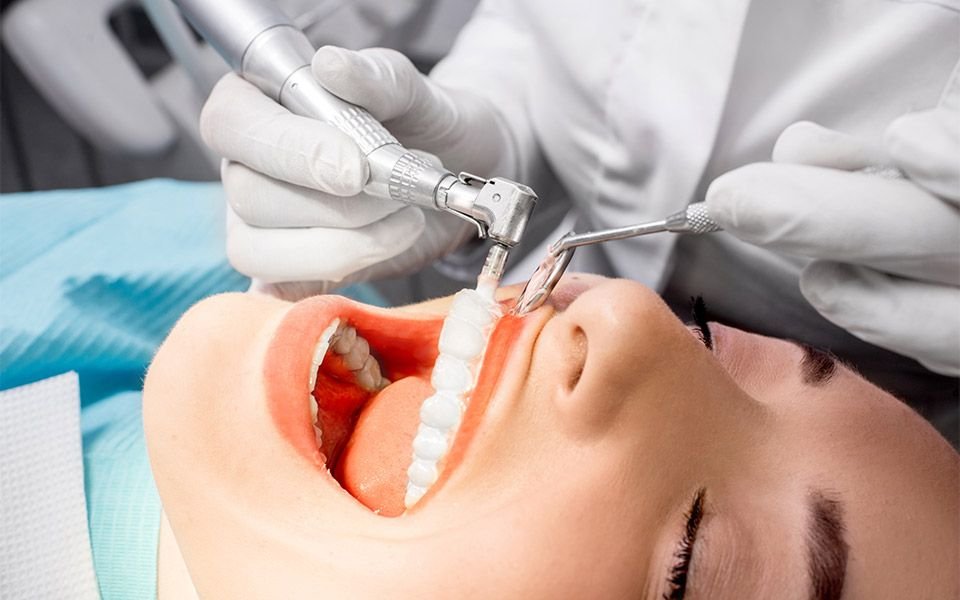
Oral cancer screening
Oral cancer screening is defined as the process of checking the mouth, throat, and surrounding areas for signs of cancer and precancerous conditions.
What is oral cancer?
Oral cancer is the type of cancer that originates in the tissues of the throat or mouth. It can form on the tongue, lips, the inside lining of cheeks, gums, the floor and roof of the mouth, and the soft palate. Cancer can start in any part of the cavity, including the oropharynx. The oropharynx is the part of the throat at the back of the mouth. Likewise, most cancer, especially oral cancer, takes place when the tissues in these parts begin to grow uncontrollably, forming tumors as well as lesions.
Oral cancer is a serious condition. Meanwhile, it’s one of the most curable forms of cancer. Oral cancer is a serious condition. Meanwhile, it’s one of the most curable forms of cancer. Butternut Family Dentistry can provide you with early identification through regular screening that will lead to more successful treatment.
Types of Oral Cancer
Oral cancer is not limited to one specific area, it can form in various regions of the mouth as well as the throat. Meanwhile, here are some types:
Mouth Cancer (Oral Cavity Cancer)
It is a unique type that arises in the tissues of the cheeks, gums, lips, and the floor and roof of the mouth. The symptoms may involve pain while chewing, a sore that persists for days, and difficulty swallowing.
Tongue Cancer
Basically, it affects the surface and base of the tooth. It can arrive as a swelling and a permanent lesion on the tooth. This is a very critical situation for patients. This type of cancer can cause difficulty with swallowing and speech, and there are some other conditions and noticeable changes in taste and flavor.
Throat Cancer
Throat cancer is a cancer of the pharynx, the surface behind the nasal cavity that connects to oesophagus. Symptoms include a sensation of something being stuck in the throat, difficulty swallowing, and hoarseness.
Lip Cancer
It is the kind of oral cancer that appears on the outer edges of the lips. Mostly, it’s seen in people who have a history of smoking and tobacco use. Lip cancer begins with a little painless sore that becomes progressively more noticeable.
Why is Oral Cancer Screening Important?
This is frequently identified later because its symptoms do not always appear in the early stages. Meanwhile, when symptoms arrive, they may be less critical issues like a canker sore or irritation. That is why regular oral cancer screenings are crucial, on the other hand, especially for individuals at higher risk.
On the other hand, it’s preventable when your test is positive in the early stages, furthermore, there are treatment options involving surgery, chemotherapy, and radiation, depending on the situation and area of the cancer. Meanwhile, if it’s not detected early, it can spread to other body parts and become more difficult to treat.
As a part of preventive dentistry in children, it helps the young souls to have an early diagnosis of this disease. It is not often that children are affected by this disease, but prevention is better than a cure.
Who Should Get Oral Cancer Screening?
It’s most important for anyone, but this is highly recommended for patients at higher risk. It also involves patients who are smokers, tobacco lovers, and alcohol consumers who have a history of oral cancer in their family, as well as have HPV (human papillomavirus), especially the HPV-16 strain, which is linked to oral cancers.
Although if you don’t fall into these highly risky categories, it’s good to be screened regularly as part of a routine dental check-up.
How is oral cancer screening done?
Visual Examination
The dentist will examine your mouth, tongue, gums, lips, and the floor and roof of your mouth. Doctors look for unusual changes, such as sores that won’t heal, red or white patches, lumps, and any other activity in the throat or mouth.
Physical Examination
Doctors and dentists will carefully examine the area around your neck, jaw, and head. Dentists will check for any irregularities in the soft tissues and lumps.
Use of Technology (Optional)
Meanwhile, most of the dentists use specialized instruments such as Velscope to analyze abnormal tissue not seen by normal eyes. This tool creates abnormal cells that fluoresce and helps the professional identify suspicious areas for further examination.
Frequently Asked Questions (FAQs)
1. What is oral cancer screening?
This is a regular assessment performed by a dentist and healthcare provider to check for signs of oral cancer and precancerous conditions. It includes checking the abnormalities in the mouth, lips, throat, and gums that could indicate disease.
2. Where should you get an oral cancer screening?
While any individual can benefit from this, it is more important for patients who are at higher risk. You can get a screening for this deadly disease from Butternut Family Dentistry under the supervision of a qualified and professional dentist.
3. What does an oral cancer screening involve?
During an oral cancer screening, your doctor or dentist will visually analyse your mouth, including your tongue, roof and floor of the mouth, lips, and throat. They will also analyse your neck and jaw area to inspect for lumps or abnormalities.
4. Is an oral cancer screening painful?
No, this is not painful. The visual check and manual examination are non-invasive and take few minutes.
5. What are the signs of oral cancer?
The symptoms include red or white patches inside the mouth, pain or tenderness in the mouth, lips, and tongue, and changes in speech or voice.
